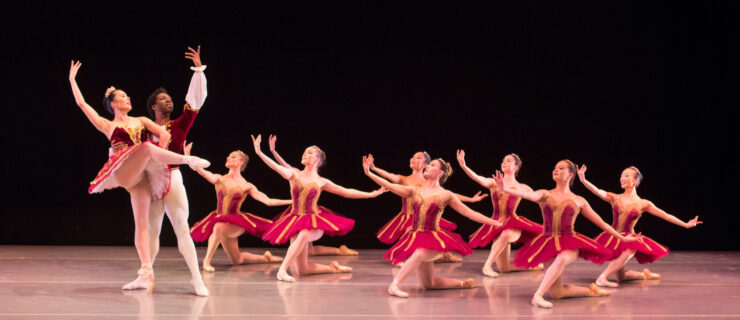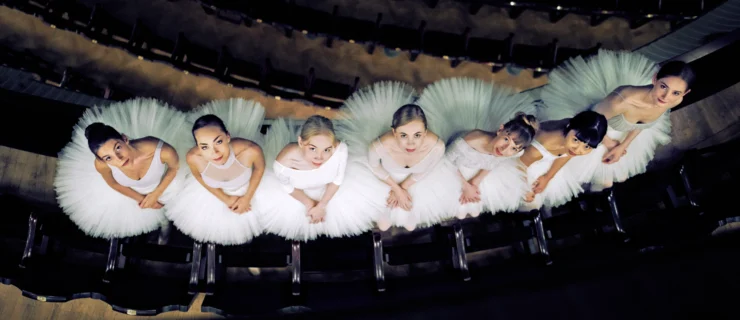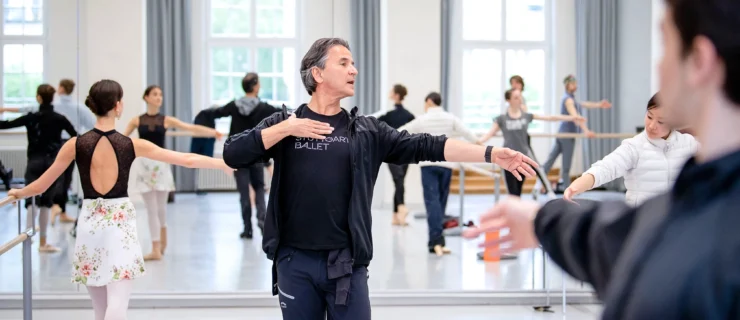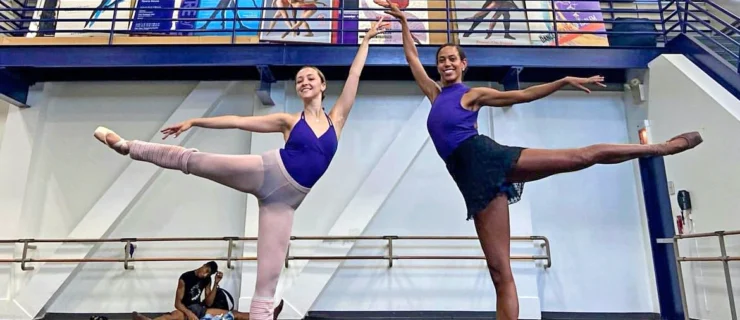Evolution of Ballet
On May 13 and 14, Pacific Northwest Ballet returns to the Guggenheim Museum’s Works & Process to present a program exploring how ballets evolve over time. PNB dancers will perform three iconic classical duets—the Blue Bird pas de deux and Grand pas de deux from The Sleeping Beauty and Swan Lake’s Black Swan pas de deux—and the company’s education program manager and dance historian Doug Fullington will analyze for the audience what a century of restaging has done to the choreography. Though the event is sold out, you can stream the live broadcast at ustream.tv/worksandprocess.
In the previous Works & Process, Fullington revealed how Stepanov notations were used to reconstruct choreography for the PNB’s 2011 staging of Giselle. We caught up with him again to ask how the notations shed light on the ballets we love.
What is the role of Stepanov notations in the history of ballet? And what about today?
The Stepanov choreographic notation system was developed in Paris and codified in St. Petersburg in the 1890s, a fortuitous time coinciding with the final years of Marius Petipa’s career. Many of the ballets notated represent Petipa’s final productions of his greatest works. Use of the Stepanov notations today can shed much light on the intentions of Petipa and his colleagues, and teach us about ballet technique and mime in late-19th-century Russia.
Why is PNB going back to the original Stepanov notations for Swan Lake and Sleeping Beauty?
We look back as part of our interest in the history and heritage of the 19th-century ballets in our repertoire. We’re presenting our findings in the context of lecture-demonstrations. In the case of Giselle, we utilized historic sources to develop our mainstage production last season.
How are the notations different from the Swan Lake and Sleeping Beauty that audiences are used to seeing today?
The choreography is often simpler (though not in the case of petit allegro variations for men!), the mime more prominent, the characters often more fully developed and the plots more involved.
How does examining the evolution of choreography help directors and dancers?
Knowing where we came from with regard to history, technique and style is invaluable in understanding the context of our own time and how we can further develop the art of ballet. This knowledge also gives us a deeper understanding of and appreciation for the work of our great predecessors.





